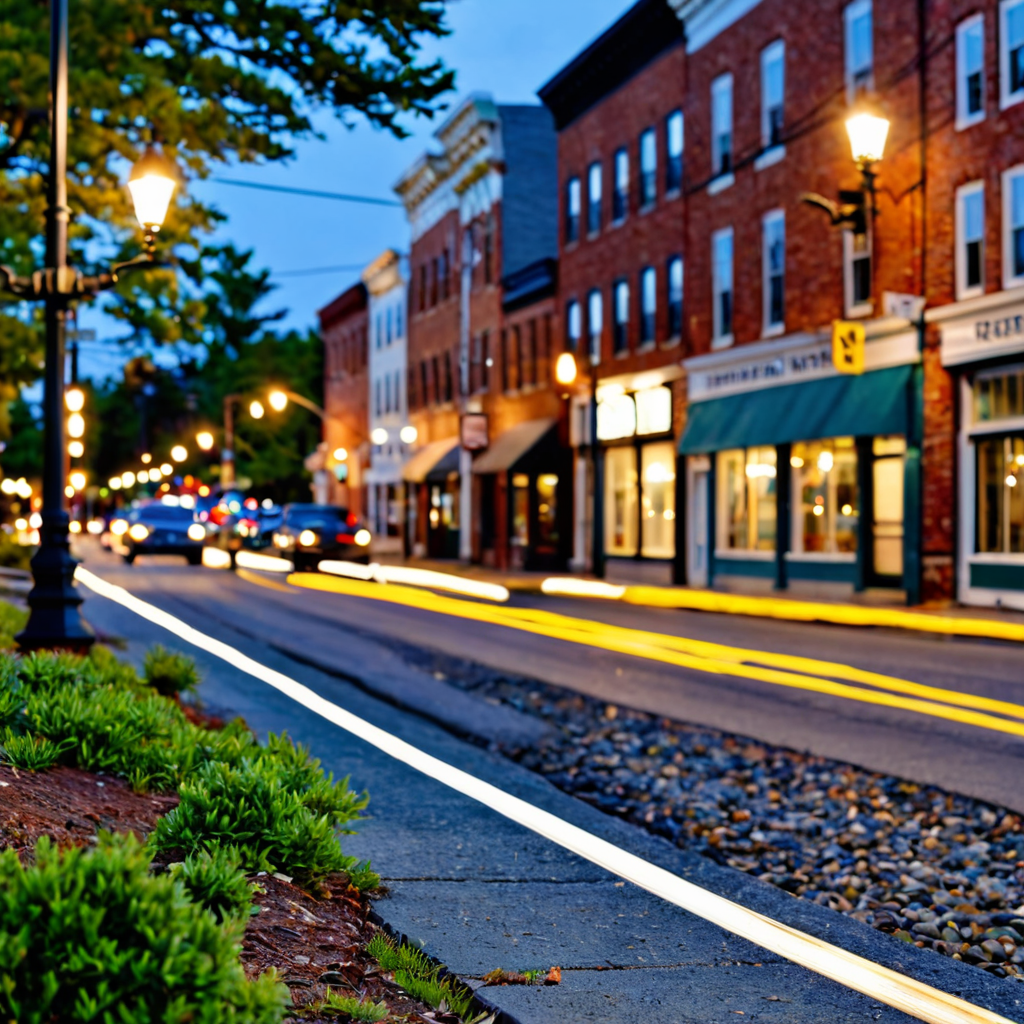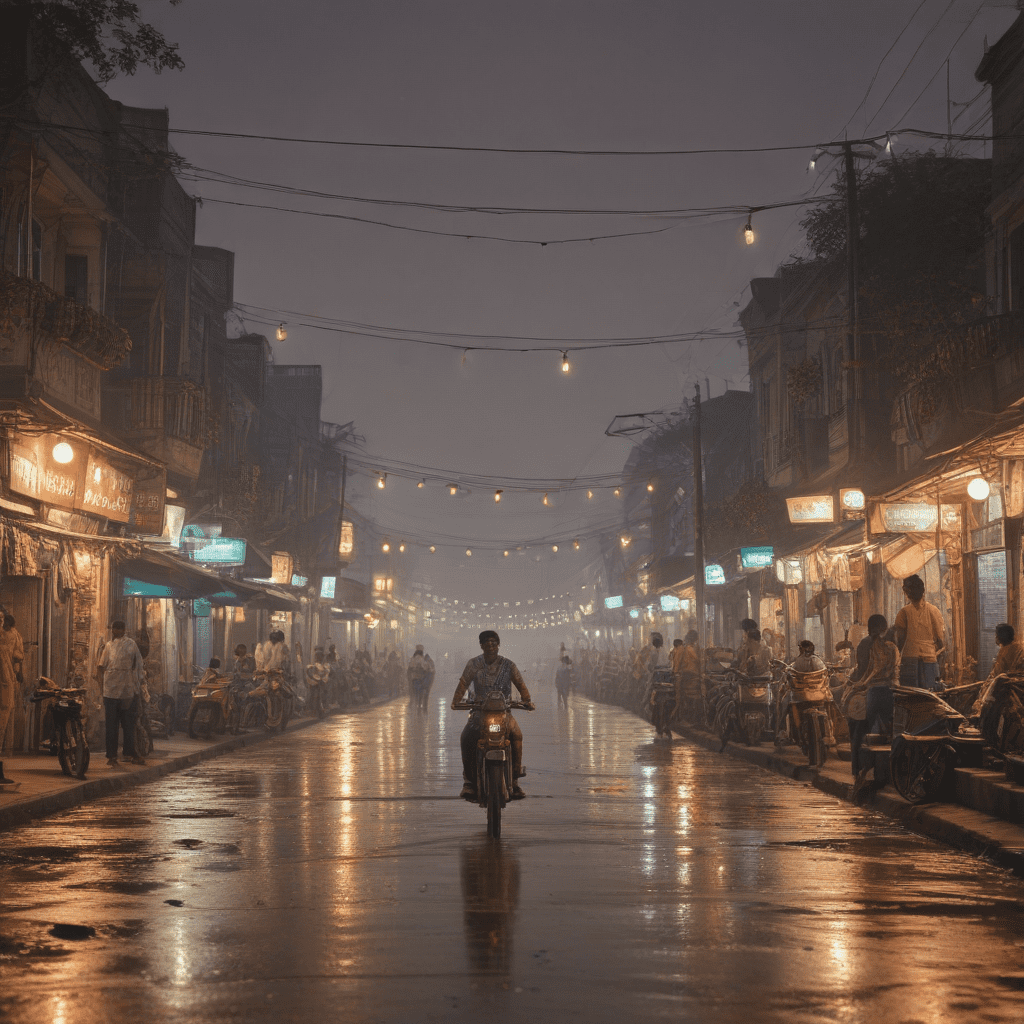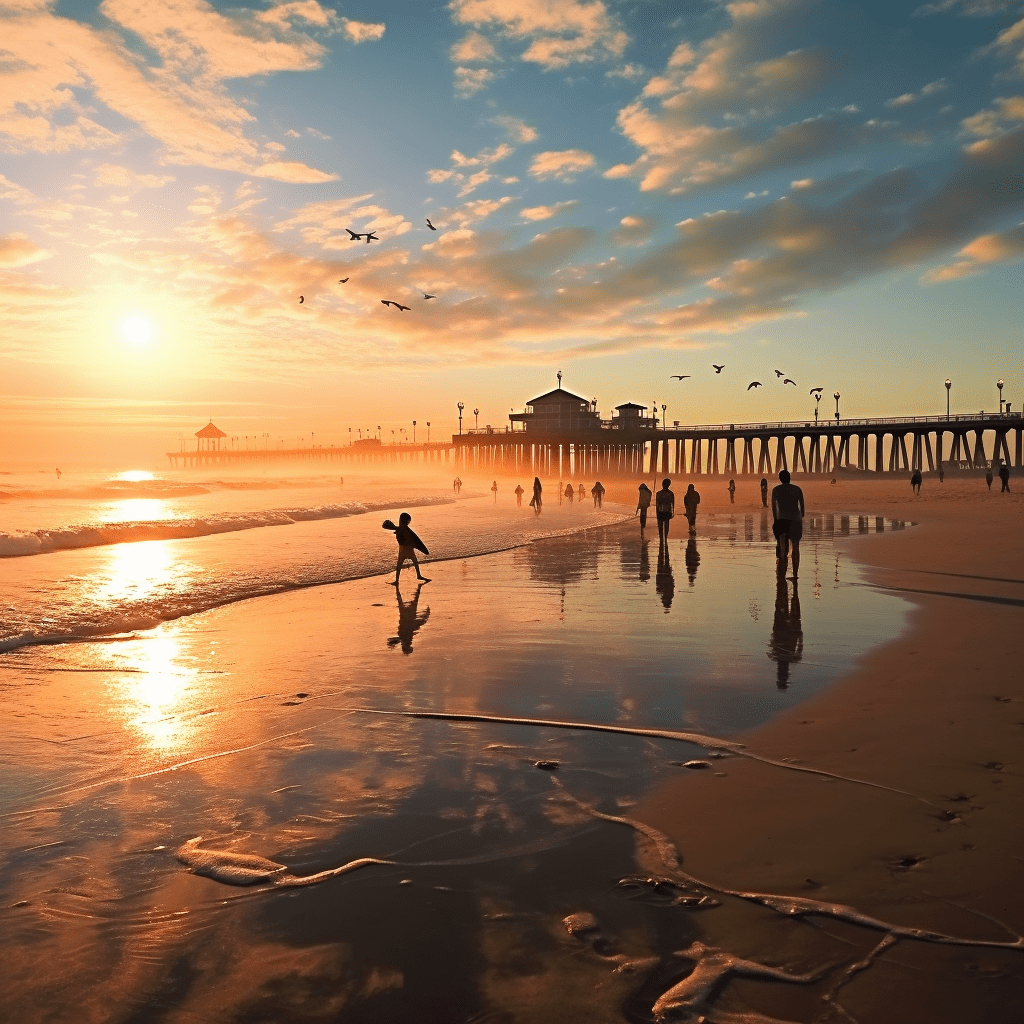
What to Do in Curacao: A Guide to the Best Attractions and Activities
Curacao, a vibrant island located in the southern Caribbean Sea, is a hidden gem that offers a perfect blend of natural beauty, rich history, and cultural diversity. Whether you’re a beach lover, history enthusiast, or adventure seeker, Curacao has something to offer everyone. In this guide, we will take you through the top attractions and activities that you should not miss during your visit to this captivating island.
1. Explore the Stunning Beaches
Curacao is renowned for its pristine beaches with crystal-clear turquoise waters. Spend your days basking in the sun, swimming, snorkeling, or simply taking leisurely walks along the sandy shores. Some of the must-visit beaches include:
- Blauwbaai (Blue Bay): Known for its calm waters and vibrant marine life, Blue Bay is perfect for snorkeling and diving.
- Playa Kenepa (Knip Beach): Surrounded by rugged cliffs and featuring soft white sand, Knip Beach is a popular spot for both locals and tourists.
- Cas Abao Beach: With its palm-fringed shoreline and excellent snorkeling opportunities, Cas Abao Beach is a true tropical paradise.
2. Dive into Underwater Wonders
Curacao’s underwater world is a playground for scuba diving and snorkeling enthusiasts. Explore vibrant coral reefs teeming with a diversity of marine life, including colorful fish, sea turtles, and even shipwrecks. Some of the top dive sites to check out are:
- Superior Producer: This sunken cargo ship offers an exciting diving experience, attracting advanced divers with its underwater allure.
- Mushroom Forest: Discover a unique coral formation resembling a forest of mushrooms, home to a variety of marine species.
- Tugboat Beach: Swim among tropical fish and explore the wreck of a sunken tugboat close to the shoreline.
3. Wander Through Historic Willemstad
Willemstad, the capital city of Curacao, is a UNESCO World Heritage site renowned for its colorful Dutch colonial architecture. Stroll through the streets of Punda and Otrobanda to admire the vibrant facades and explore charming local shops, museums, and art galleries. Key highlights of Willemstad include:
- Queen Emma Bridge: This iconic floating pedestrian bridge connects Punda and Otrobanda, allowing visitors to cross the St. Anna Bay on foot.
- Rif Fort: Once a military stronghold, Rif Fort is now home to shops, restaurants, and a museum, providing a glimpse into the island’s history.
- Kura Hulanda Museum: Dive into the island’s past at this museum, which showcases the history and culture of Curacao and the African diaspora.
4. Immerse Yourself in Cultural Delights
Curacao’s cultural diversity is reflected in its cuisine, music, and festivals. Don’t miss the opportunity to savor some delectable local foods, such as Keshi Yena (stuffed cheese), and experience the lively atmosphere of traditional events like the Carnival. Here are a few cultural highlights to include in your itinerary:
- Mikve Israel-Emanuel Synagogue: Explore one of the oldest synagogues in the Americas and learn about the Jewish heritage of Curacao.
- Marsche Bieuw: Taste authentic local dishes at this historic market, which is a favorite among locals and visitors alike.
- Tambú and Seú: Experience the rhythmic beats of traditional Afro-Curacaoan music and dance during these lively cultural performances.
5. Discover Natural Wonders
Beyond its beaches and underwater beauty, Curacao boasts a range of natural wonders that are worth exploring. From stunning limestone caves to breathtaking cliffs, there is something for every nature lover. Make sure to include the following natural attractions in your itinerary:
- Hato Caves: Venture into these mystical caves adorned with stalagmites and stalactites, and learn about their historical and geological significance.
- Christoffel National Park: Embark on a hike or a guided tour through this nature reserve, home to diverse plant and animal species, including the rare Curacao white-tailed deer.
- Shete Boka National Park: Witness the raw power of the sea as waves crash against the rugged coastline, creating dramatic blowholes and secluded coves.
6. Indulge in Water Sports and Outdoor Adventures
If you’re longing for more adventure and adrenaline during your stay in Curacao, you won’t be disappointed. The island offers a range of exciting water sports, land-based activities, and unique experiences, such as:
- Windsurfing at Lac Bay: Head to Sorobon Beach to try your hand at windsurfing or simply relax on the pristine white sands.
- ATV Excursions: Explore the island’s wild side on an ATV tour, discovering hidden gems and off-the-beaten-path locations.
- Kayaking in the Spanish Water: Paddle through the calm waters of the Spanish Water lagoon and enjoy the scenic coastline.
FAQ
Q: When is the best time to visit Curacao?
A: The best time to visit Curacao is during the dry season, which spans from April to September. The weather is usually warm and sunny, making it ideal for outdoor activities.
Q: What is the currency used in Curacao?
A: The currency used in Curacao is the Netherlands Antillean guilder (NAf), but the US dollar is widely accepted.
Q: Is Curacao safe for tourists?
A: Yes, Curacao is generally considered safe for tourists. However, it’s always recommended to take normal precautions, such as avoiding isolated areas at night and keeping an eye on your belongings.
Q: Do I need a visa to visit Curacao?
A: It depends on your nationality. Citizens of certain countries may enter Curacao without a visa for tourism purposes, while others may require a visa. It’s advisable to check with your local embassy or consulate for the most up-to-date visa requirements.
Q: Can I drink the tap water in Curacao?
A: The tap water in Curacao is generally safe to drink, as it meets the standards set by the World Health Organization. However, some people prefer to drink bottled water for peace of mind.


